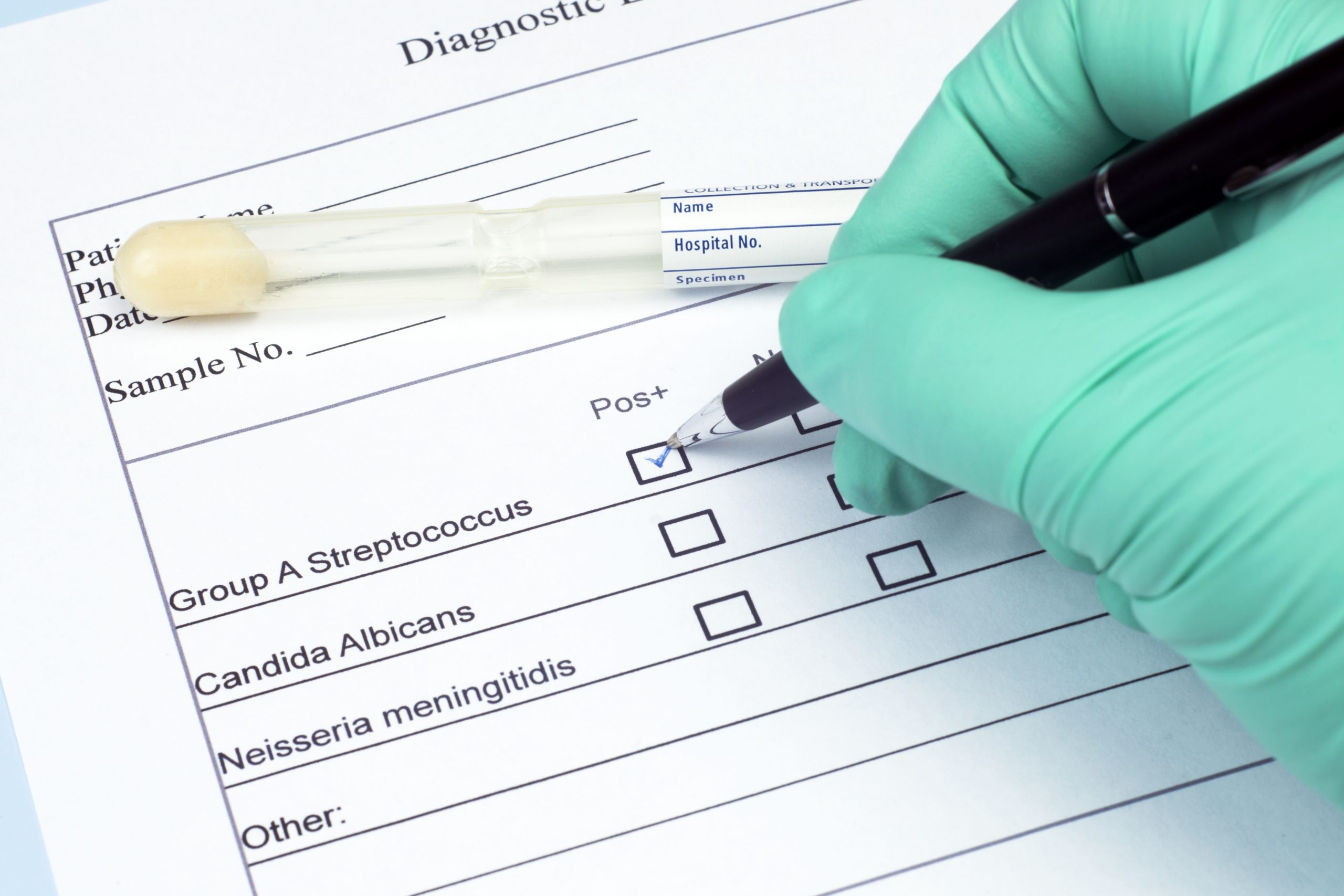
Strep A: Top tips for Health & Safety in Schools
The Strep A virus has seen a rise in infections over the past several months, with schools being a key area in which it spreads. Parents, staff and pupils are growing in concern and looking to schools to provide the necessary prevention methods to reduce the spread. School leaders are responsible for keeping staff and pupils safe and so should be taking the necessary action.
The rise of the virus highlights the importance of regular school cleaning to maintain cleanliness and hygiene. It’s essential that you have a strict, appropriate cleaning plan in place and that extra preventative measures are taken. Routine school disinfection, deep cleaning and regular touchpoint cleaning is advised, whilst good hygiene should be encouraged amongst staff and pupils.
Contact LCS for school cleaning
LCS provides a range of school cleaning services that will help with the containment of Strep A. Our staff receive full in house BICS standard training and are well equipped to deal with the unique set of challenges that the virus poses. We will always deliver the very best level of service and understand fully the importance of cleanliness and hygiene in a school environment.
Contact our team today to discuss how LCS can help your school.
What is Strep A and how should schools deal with it?
Strep A is a bacterial infection that causes illness at different levels of severity. It is most common in children although adults can get infected. Most individuals will only experience mild symptoms that are treated using antibiotics although other cases will be more serious. It can lead to the development of a range of different illnesses such as scarlet fever, cellulitis or impetigo to name just a few. This development is known as invasive Group A Strep – or iGAS. Some of the most common symptoms are:
- Flu-like symptoms such as aching and high temperature.
- Scabs, sores or rashes on the surface of the skin.
- A sore throat.
- Nausea and vomiting.
- Severe pain and swelling.
Please see the NHS Guidance for a full list of symptoms as well as information on what to do should someone get infected.
Good Hygiene
The fight against Strep A starts with good hygiene around schools. This is something that should be a primary focus for schools anyway – especially since covid. Follow NHS guidance at all times on how to maintain high levels of hygiene, which includes staff, parents and of course pupils.
Encourage good hand hygiene and ensure that schools are washing their hands for at least 20 seconds at a time using soap and water. Individuals should always cover their mouth and nose with a tissue when coughing or sneezing, and used tissues should always be binned as soon as possible. Any breakages of the skin (cuts or scrapes) should also be thoroughly cleaned and protected using a bandage or plaster.
Regular Disinfection
Regular disinfection of commonly used areas will also help to reduce the spread of Strep A infection. Germs spread quickly around schools due to the high number of people in them, all of which are in close proximity to one another and regularly share equipment and supplies.
Food preparation areas such as cafeterias, kitchens, staff rooms or food technology classrooms should be disinfected on a more regular basis to keep transmission rates to a minimum. Touchpoint cleaning should also be introduced if not already to disinfect surfaces that come into contact most often with pupils. This may include door handles, toilet handles, taps, railings, sports equipment and of course classrooms.
Deep Cleaning
Deep cleaning should become a more regular practice to minimise the spread of infection. If you use an external school cleaning company, discuss the need for deep cleaning using stronger chemicals. A good cleaning company will understand the risks and be able to change their cleaning processes accordingly.
LSC provides a fogging and decontamination service that will kill the Strep A virus. Our cleaners will also use stronger, commercial grade chemicals during cleaning. These specialist school cleaning methods will help to protect from infection and keep transmission levels to a minimum.
Wearing Masks
Masks are proven to reduce the transmission rates of airborne infections. Schools may choose to reintroduce them to prevent the spread of Strep A infection, especially during flu season. Colds and flu will cause students to cough and sneeze more frequently. Masks should always be medical grade to be most effective.
Maintaining distancing
Social distancing is often one of the most successful ways of minimising the spread of airborne diseases. Measures were introduced countrywide during the peak of the Covid pandemic and it remains as one of key prevention techniques for viruses. Germs are spread through coughing and sneezing and when combined with mask wearing, social distancing where possible is highly effective. Social distancing in schools could be reintroduced although it must be balanced as not to impede the social development of pupils.
Include Strep A in Risk assessments
Risk assessments should be up to date to include Strep A and all staff should be provided with one (you may also want to produce a separate document for parents and pupils). It’s important that everyone knows the dangers of the infection and understands their role in its prevention.
Your risk assessment must include a clear course of action for staff to take. Information on hygiene provisions, correct cleaning methods, focus areas and relevant safety precautions should all be outlined. As a school, it is your duty to produce a relevant risk assessment that helps to maintain the safety of your staff and pupils.
Contact our team today to discuss how LCS can help your school manage the rise of Strep A infections.